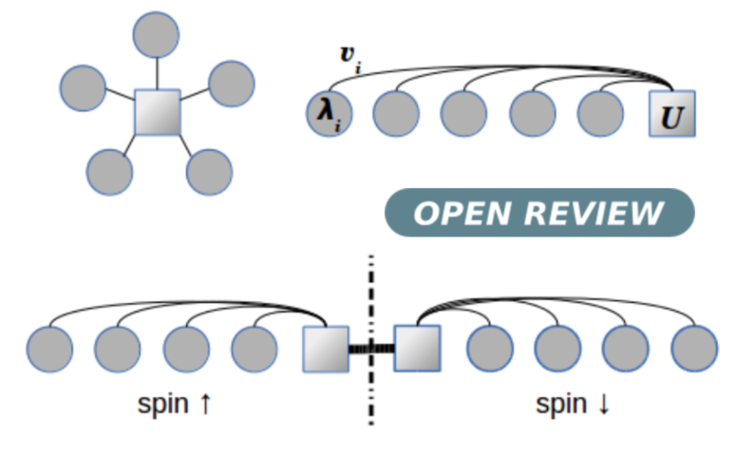An efficient impurity-solver for the dynamical mean field theory algorithm
DOI:
https://doi.org/10.4279/pip.090005Keywords:
Density Matrix Renormalization, Dynamical Mean Field Theory, Correlated ElectronsAbstract
One of the most reliable and widely used methods to calculate electronic structure of strongly correlated models is the Dynamical Mean Field Theory (DMFT) developed over two decades ago. It is a non-perturbative algorithm which, in its simplest version, takes into account strong local interactions by mapping the original lattice model on to a single impurity model. This model has to be solved using some many-body technique. Several methods have been used, the most reliable and promising of which is the Density Matrix Renormalization technique. In this paper, we present an optimized implementation of this method based on using the star geometry and correction-vector algorithms to solve the related impurity Hamiltonian and obtain dynamical properties on the real frequency axis. We show results for the half-filled and doped one-band Hubbard models on a square lattice.
Received: 31 March 2017, Accepted: 6 June 2017; Edited by: D. Domínguez; Reviewed by: A. Feiguin, Northeastern University, Boston, United States; DOI: http://dx.doi.org/10.4279/PIP.090005
Cite as: Y Núñez Fernández, K Hallberg, Papers in Physics 9, 090005 (2017)
This paper, by Y Núñez Fernández, K Hallberg, is licensed under the Creative Commons Attribution License 3.0.

Downloads
Published
How to Cite
Issue
Section
License
Authors agree to the PIP Copyleft Notice













